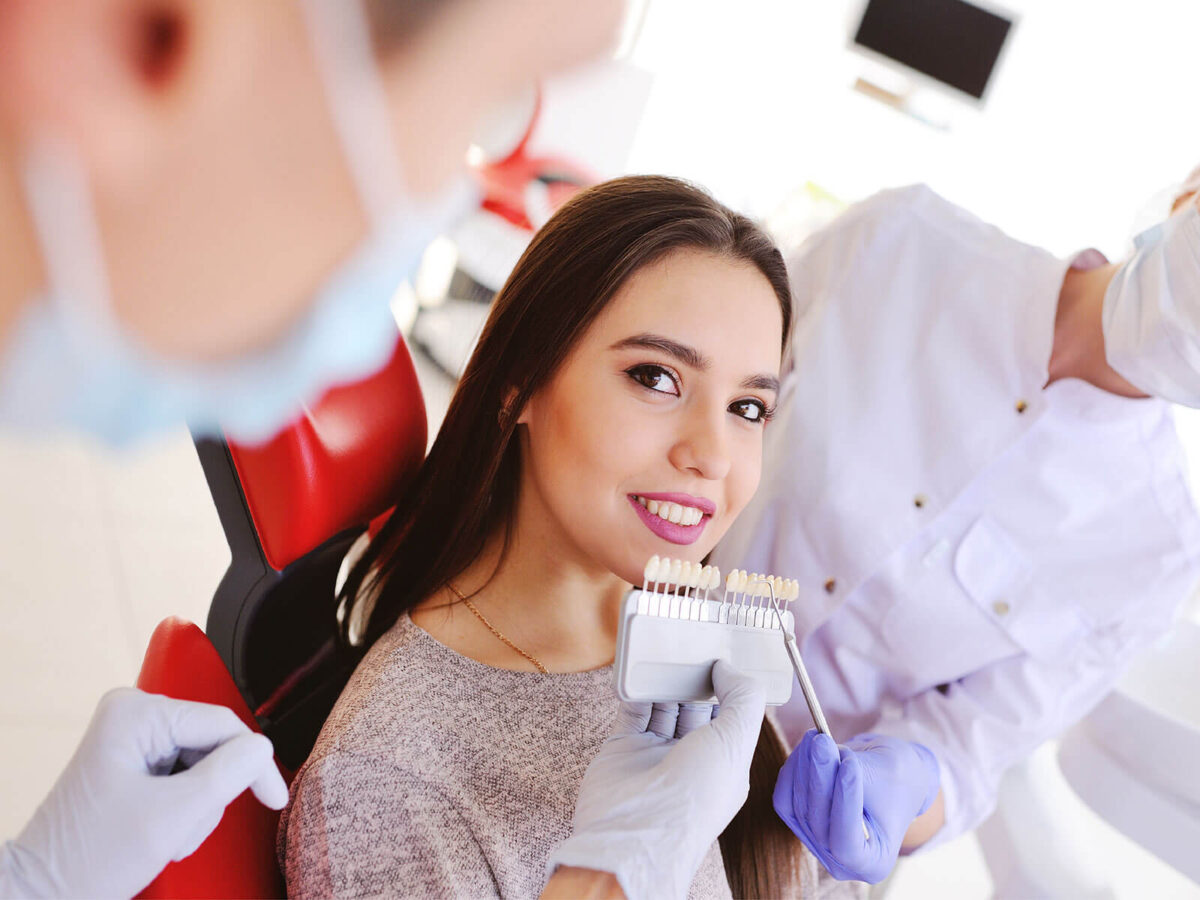A white, bright smile is often associated with good oral hygiene and cosmetic appeal. With the growing demand for teeth whitening solutions, people face the decision of choosing professional treatments or trying do-it-yourself (DIY) methods at home. In this post, we’ll examine the pros and cons of professional and DIY teeth whitening methods to help you make an informed choice based on your preferences, budget, and oral health concerns.
Professional Teeth Whitening Advantages:
- Expertise and Supervision: Professional dental whitening is usually done by dental experts, offering expertise and supervision. Customization and immediate addressing of any issues are possible.
- Personalization: Includes custom-made trays and whitening solutions, allowing for a more tailored approach.
- Quick and Effective Results: Professional methods can yield faster and more noticeable results than DIY approaches.
- Safe Application: Reduced risk of overuse or misuse under professional supervision.
- Longer-Lasting Outcomes: Tend to provide longer-lasting results than DIY methods.
Cons:
- Cost: Professional whitening can be more expensive.
- Sensitivity: Some people may experience temporary dental sensitivity.
- Time Commitment: Might require multiple sessions or lengthy appointments.
DIY Teeth Whitening Advantages:
- Cost-Effective: Typically less expensive than professional options.
- Convenience: Allows for teeth whitening at home on your own time.
- Variety of Options: A wide range of products available, catering to different preferences.
- Gradual Approach: Often results in a more gradual whitening process.
Cons:
- Lack of Supervision: Increases the risk of overuse or improper application.
- Unpredictable Results: Efficacy varies, and outcomes may be less predictable.
- Risk of Misuse: Potential for inconsistent results or enamel damage.
- Shorter Lasting Results: May require continuous use to maintain whiteness.
Selecting the Best Approach:
- Budget Consideration: DIY methods may be more suitable if cost is a significant factor. However, weigh the benefits of professional expertise against long-term results.
- Time Commitment: Professional treatments may require more time and multiple appointments, while DIY options offer greater flexibility.
- Desired Results: For visible and immediate results, professional whitening is preferable. DIY solutions suit those who prefer a gradual change.
- Oral Health Consideration: Consult a dentist before choosing a method, especially if you have pre-existing dental issues.
- Professional Consultation: A dentist can provide insights into the best method for your specific needs.
Conclusion:
The decision between professional and DIY teeth whitening depends on your personal preferences, budget, and oral health. While DIY treatments are convenient and budget-friendly, professional treatments offer expertise, customization, and quicker results. Consulting a dentist ensures the chosen method aligns with your oral health goals and needs.





